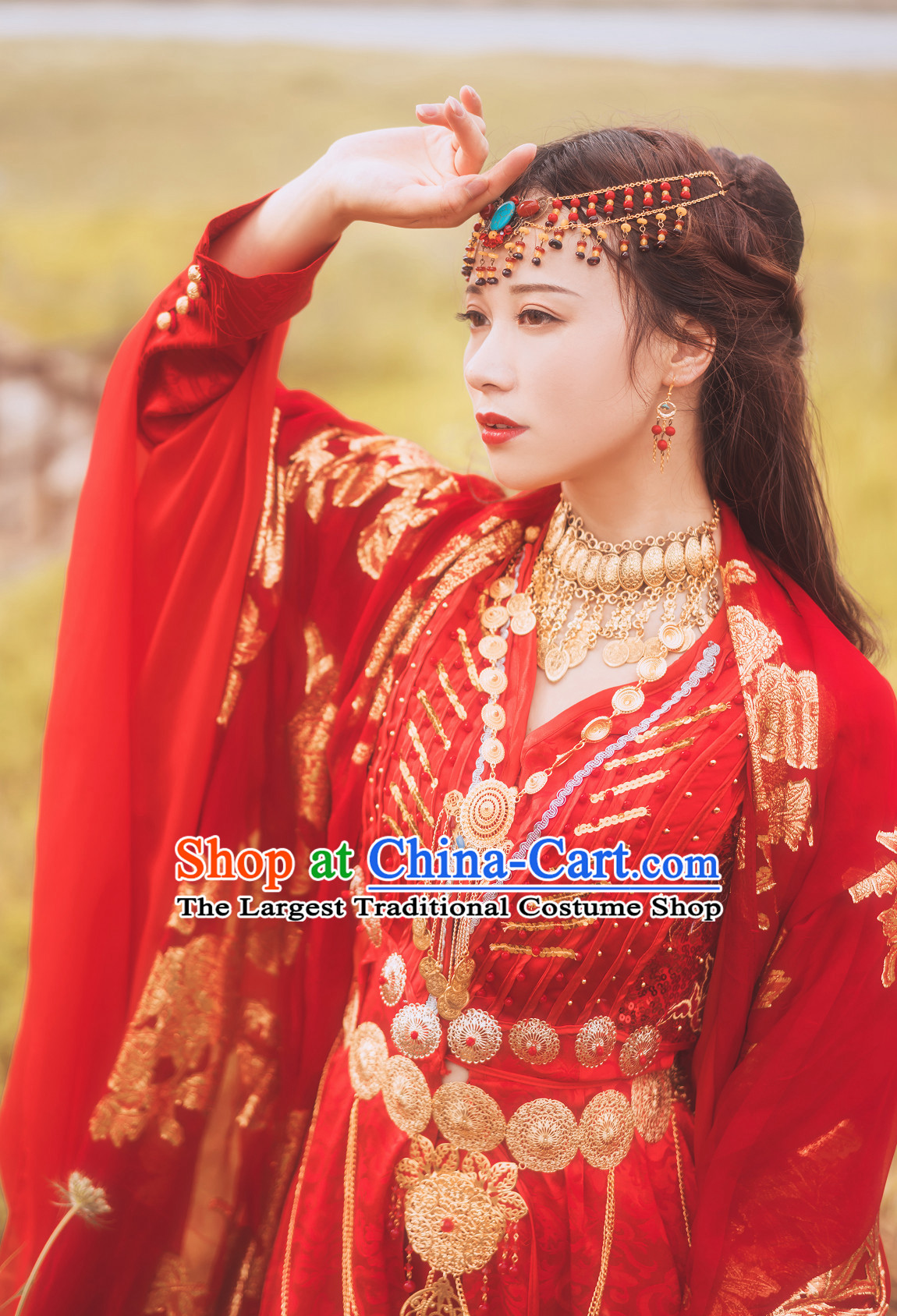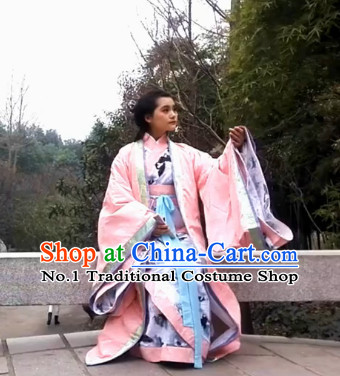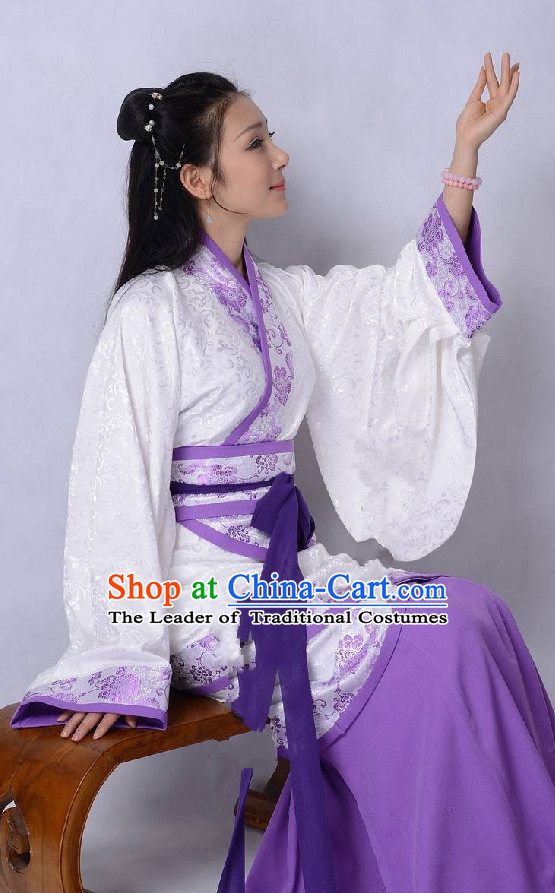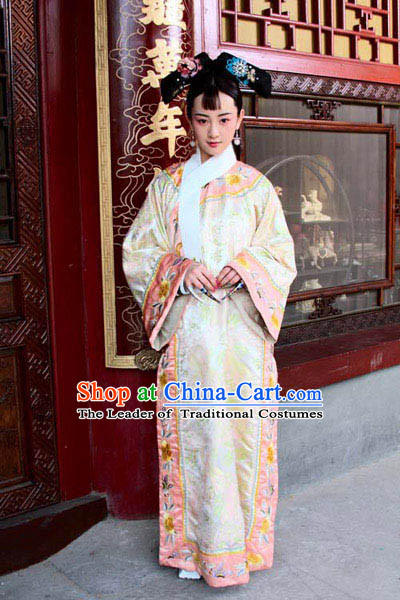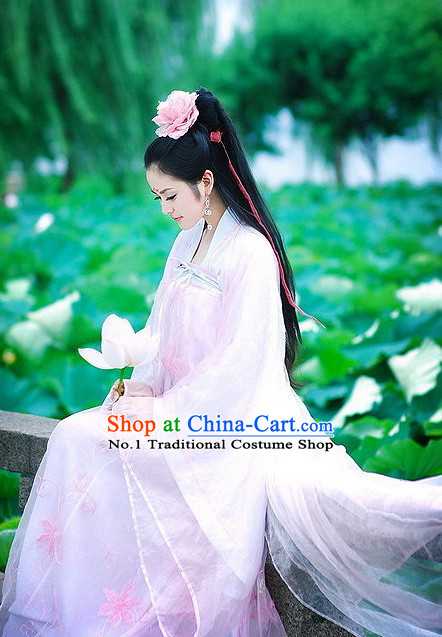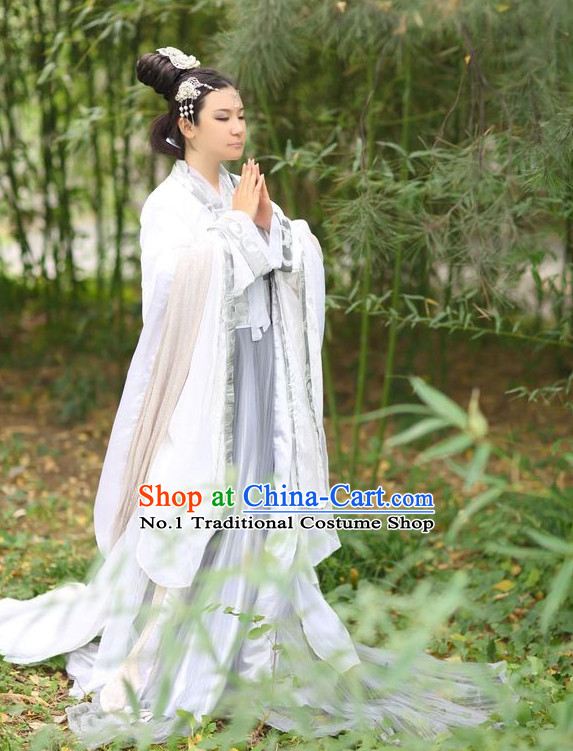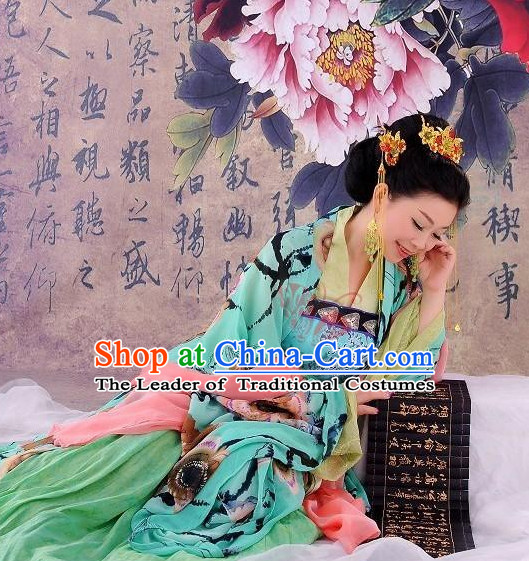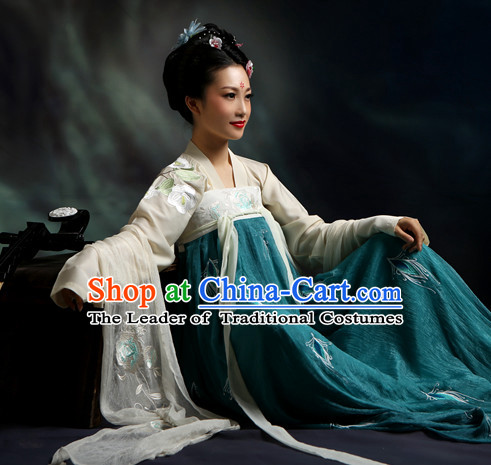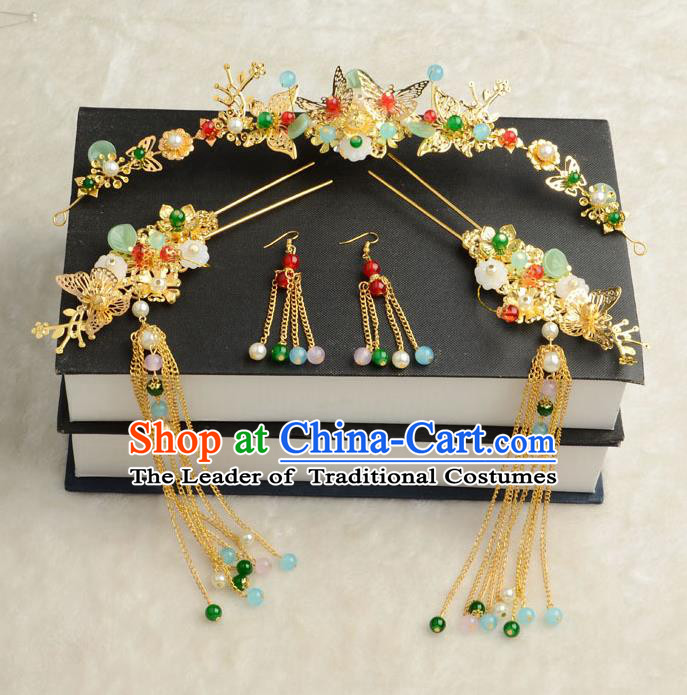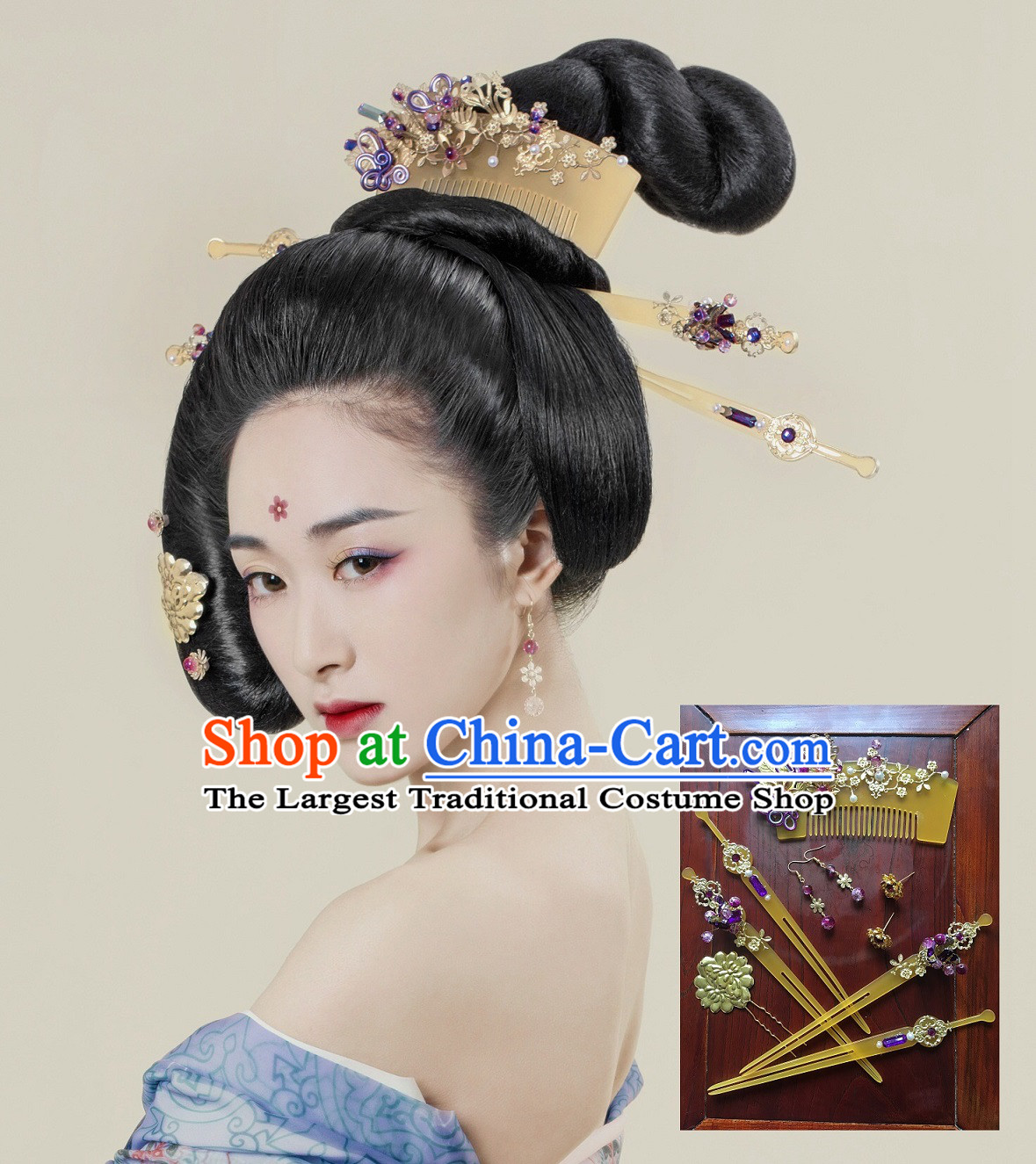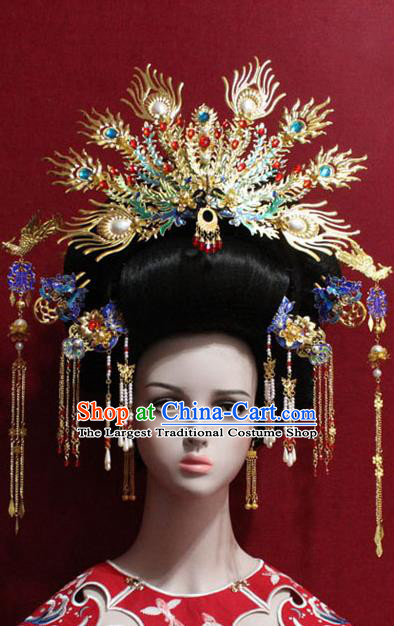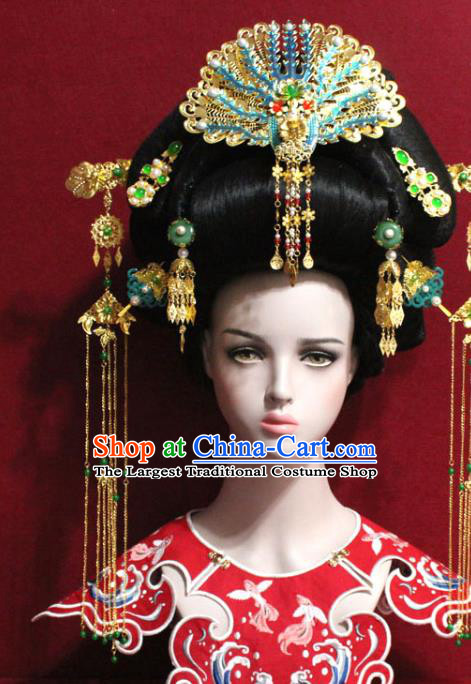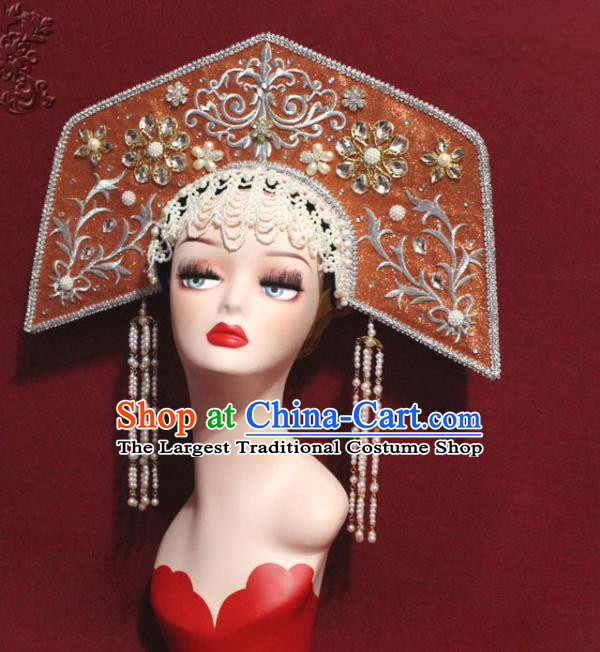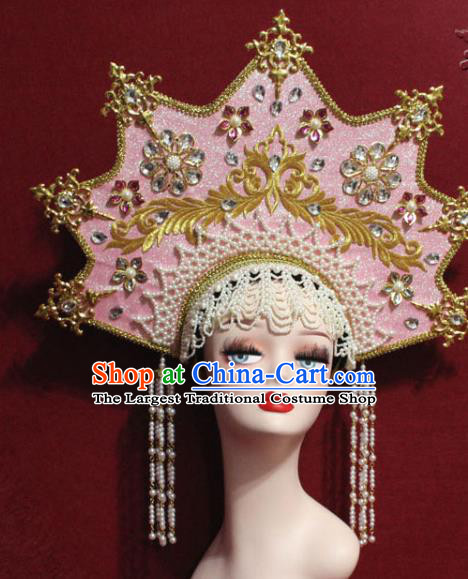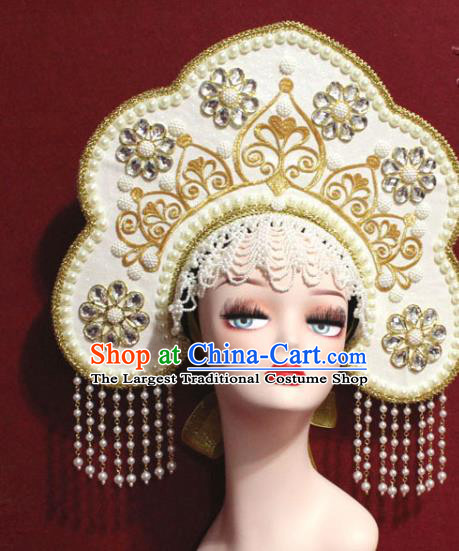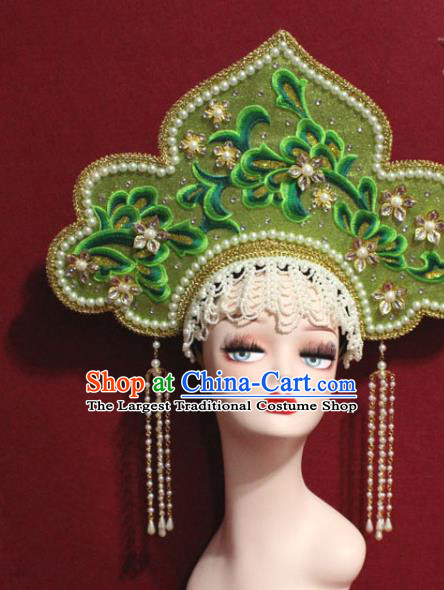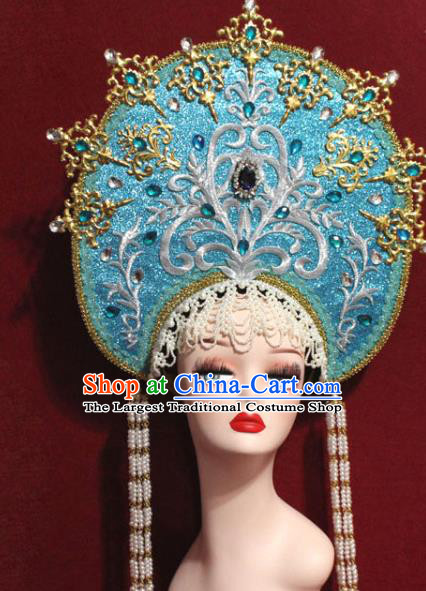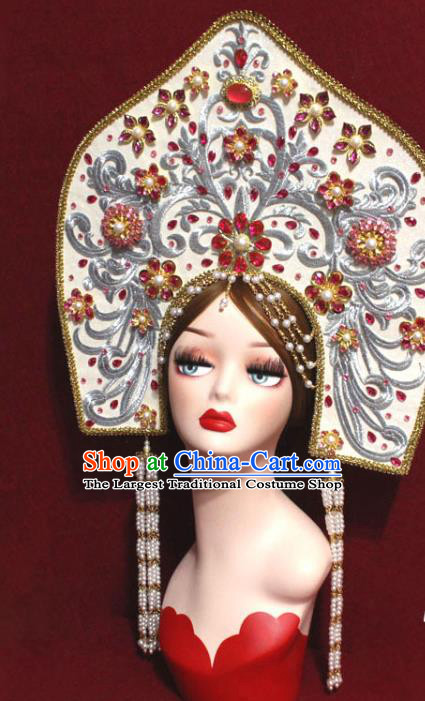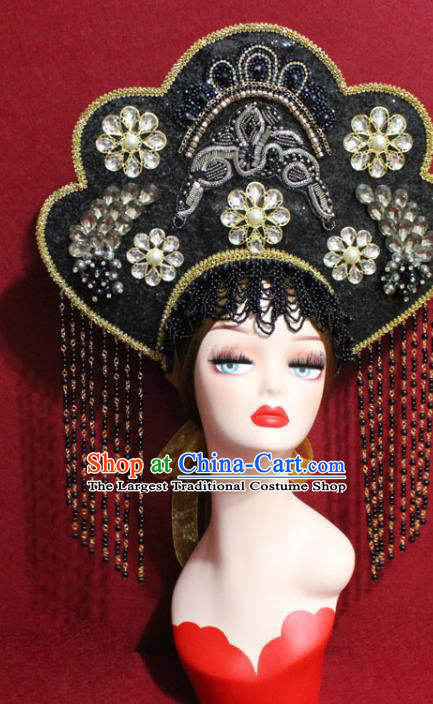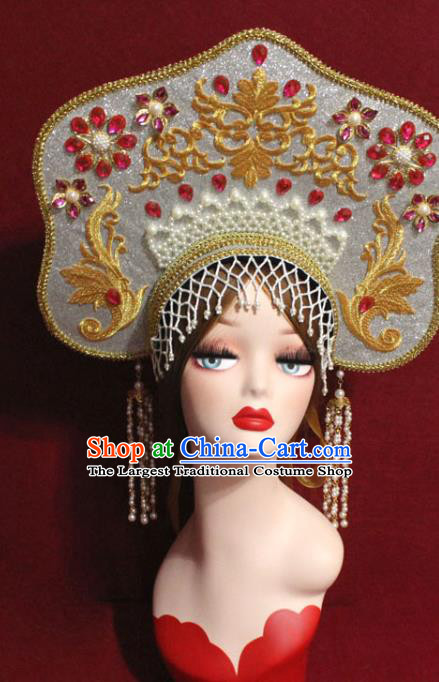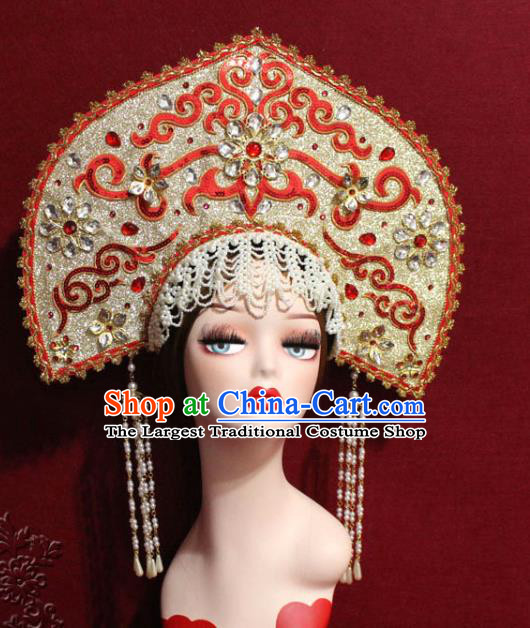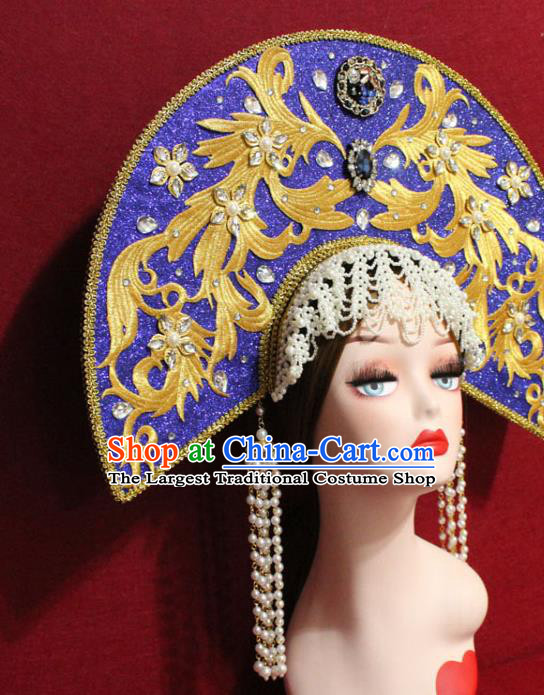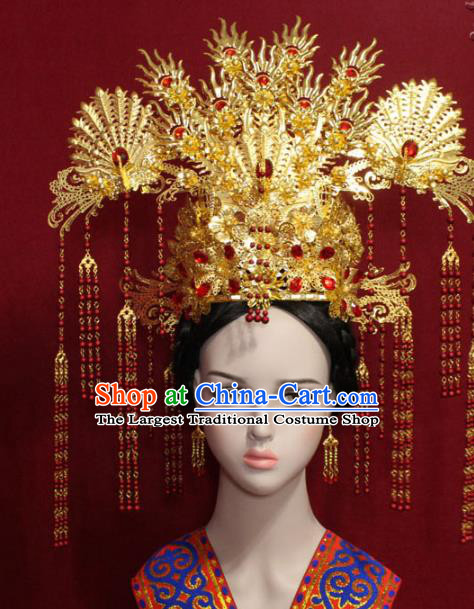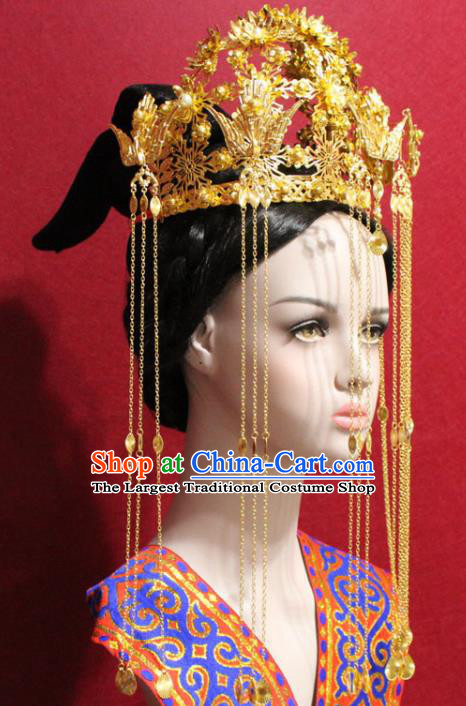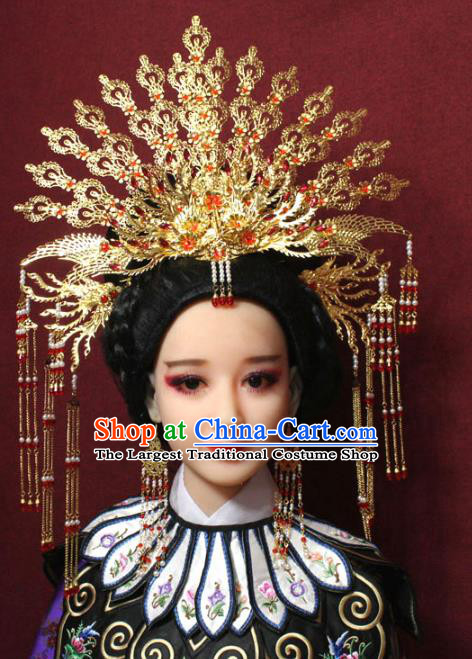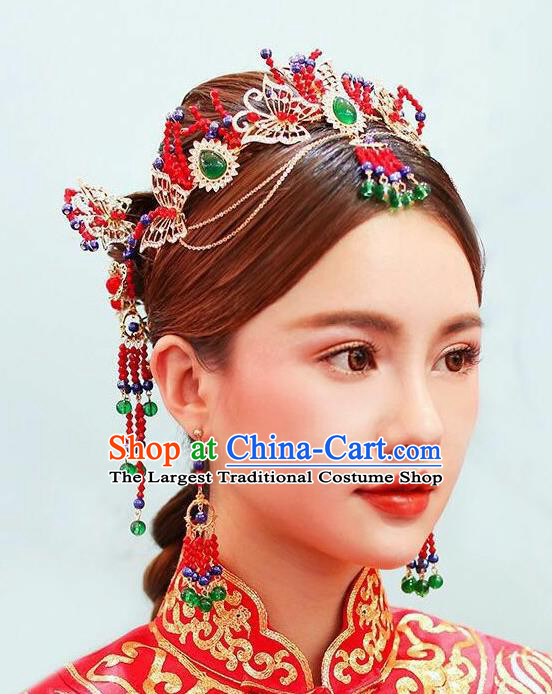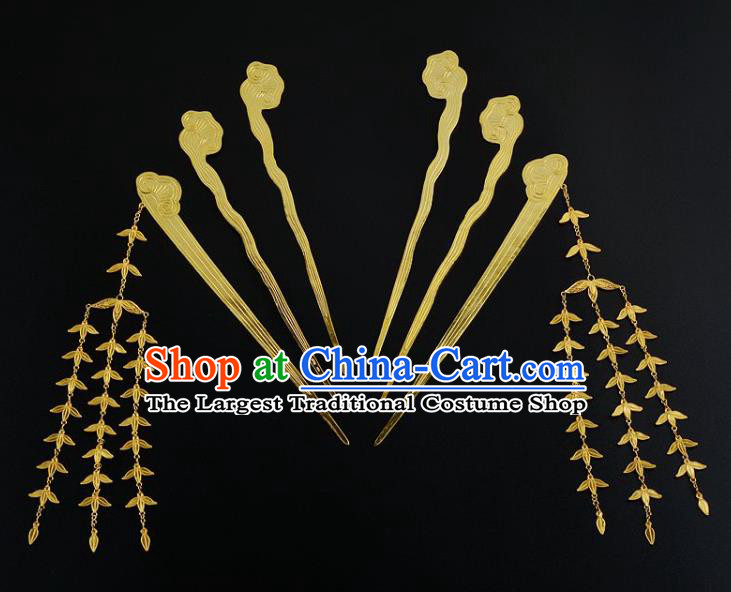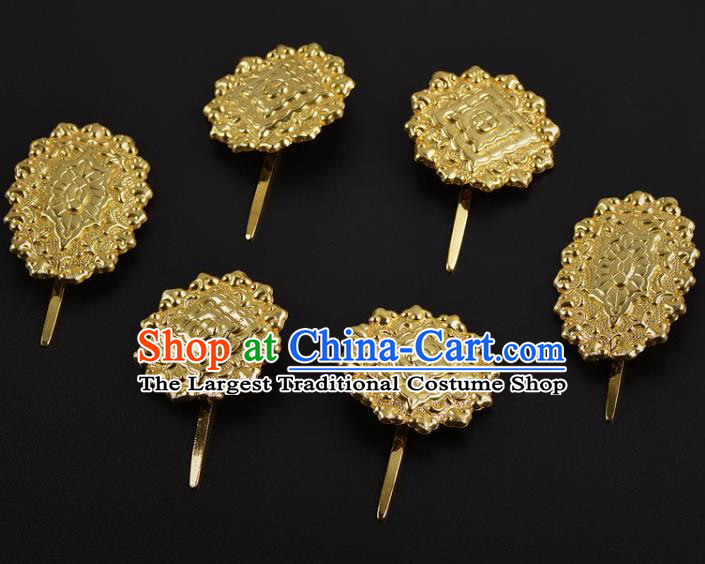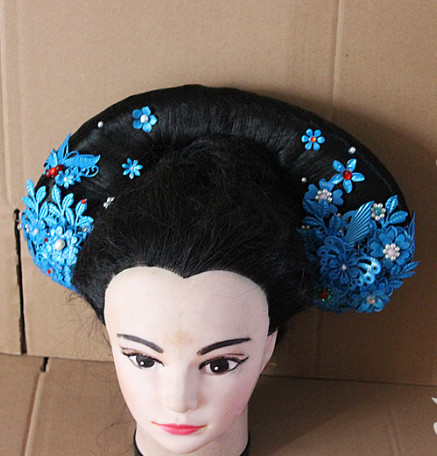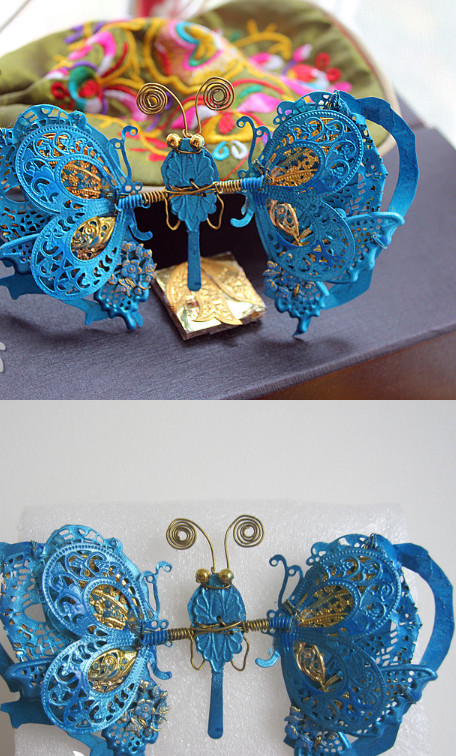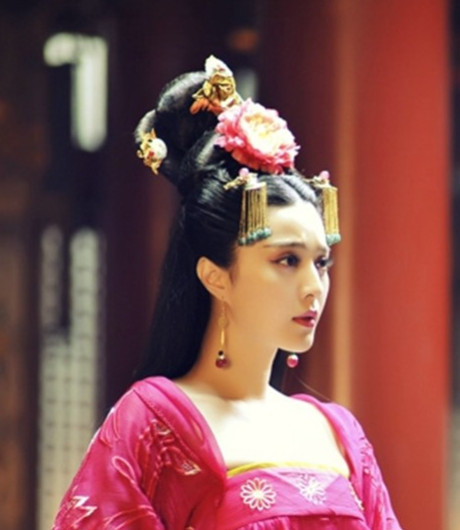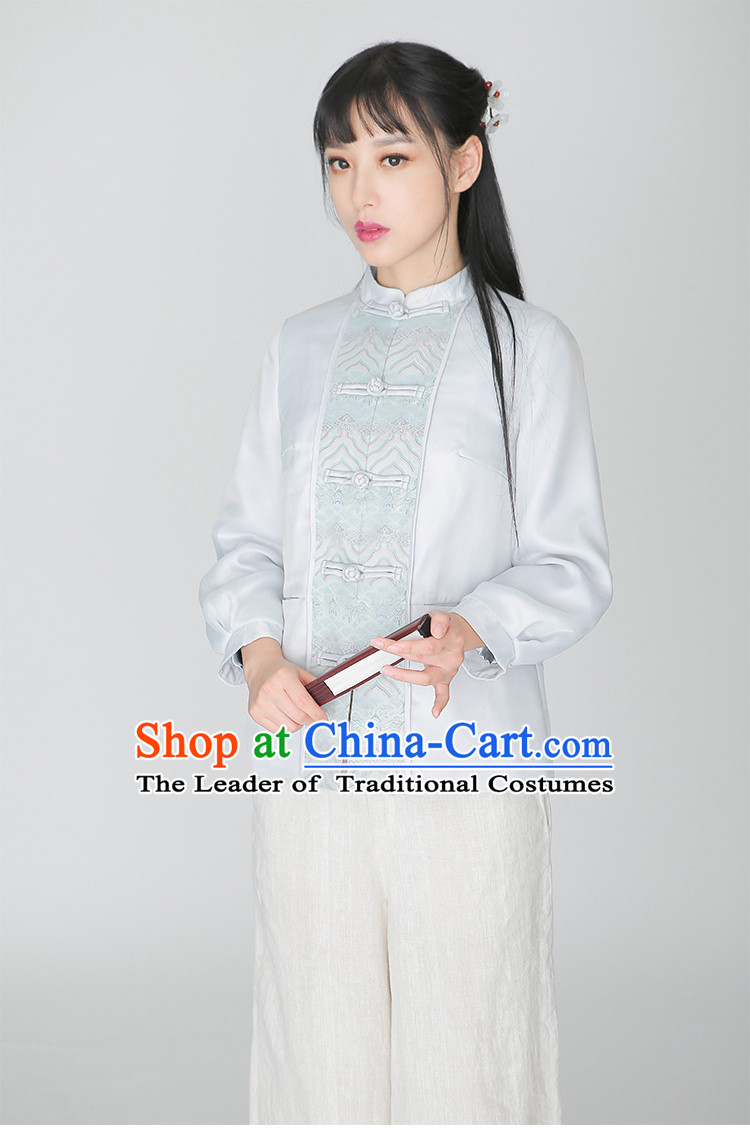
Click Related Pictures for More Audios:
Traditional Chinese Hanfu and hair accessories, with their unique designs, exquisite craftsmanship, and rich cultural connotations, have become an aspired art form.
This Hanfu set includes a jacket, a skirt, and headwear, which together constitute a complete set of clothing.
The design of Hanfu usually adopts a loose cut to allow wearers to move freely.
The jacket usually consists of long sleeves, a wide belt, and a hem, while the skirt has various styles such as pleated skirt, straight skirt, and Manchu skirt.
These different styles demonstrate the diversity and richness of Han Chinese clothing.
The headwear of Hanfu is also its uniqueness.
Common headwear includes hairpins, hair clips, and hair buns, etc.
These headwear not only serves as decorations but also reflects the hairstyle style of Han Chinese women in different historical periods.
For example, women in the Tang Dynasty like to tie their hair into braids, while women in the Song Dynasty prefer to tie their hair into buns.
In addition to the clothing itself, Hanfu also includes various accessories such as bracelets, necklaces, earrings, and rings, etc.
These accessories are usually made of precious materials such as gold, jade, and pearls, demonstrating the pursuit of beauty and respect for traditional culture of the Han people.
The history of Hanfu can be traced back to the Qin Dynasty from 206 BC to 220 AD.
However, the real revival of Hanfu began in the late 19th century to early 20th century China's modern history.
In this period, many intellectuals began to reexamine traditional culture and try to combine it with modern society.
Hanfu, as part of it, gradually attracted attention and love from people.
Today, Hanfu has become a fashion trend, attracting more and more young people to participate in it.
They inherit and promote the cultural treasures of the Chinese nation by wearing Hanfu, participating in Hanfu activities, and learning traditional skills.
At the same time, Hanfu has also become a way of cross-cultural communication, allowing people all over the world to understand and appreciate Chinese traditional culture.





